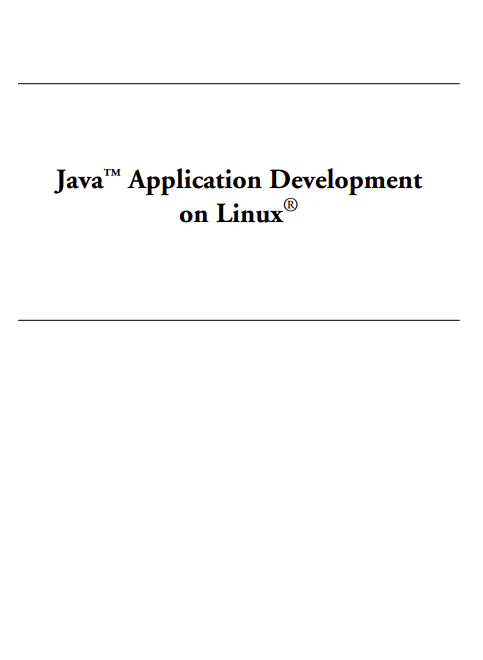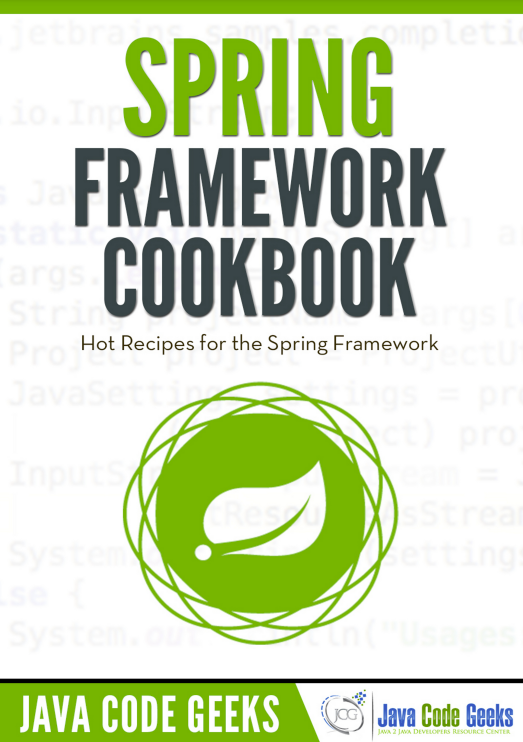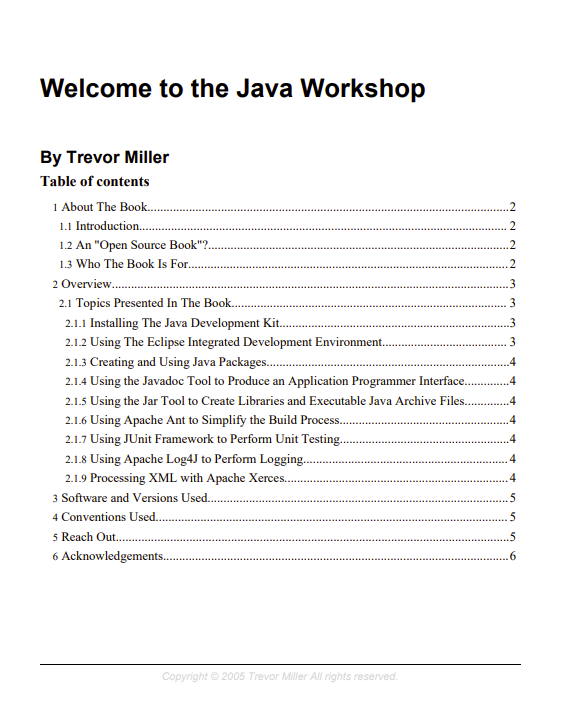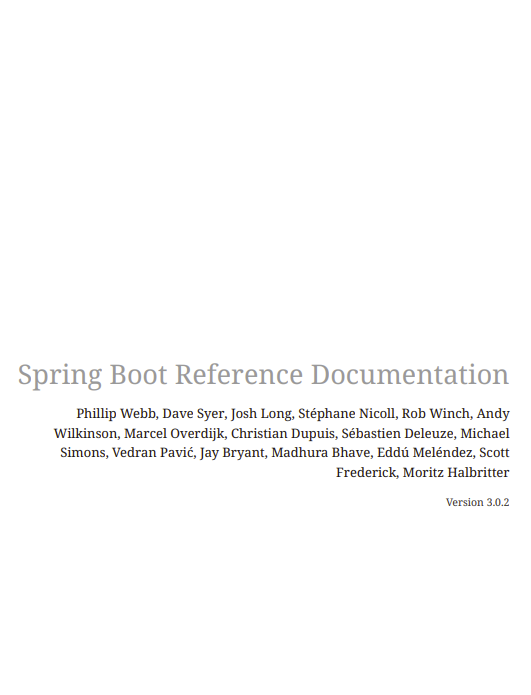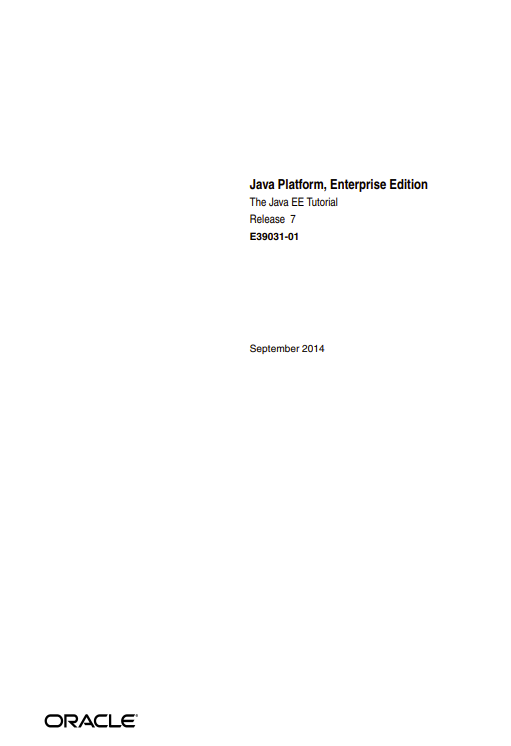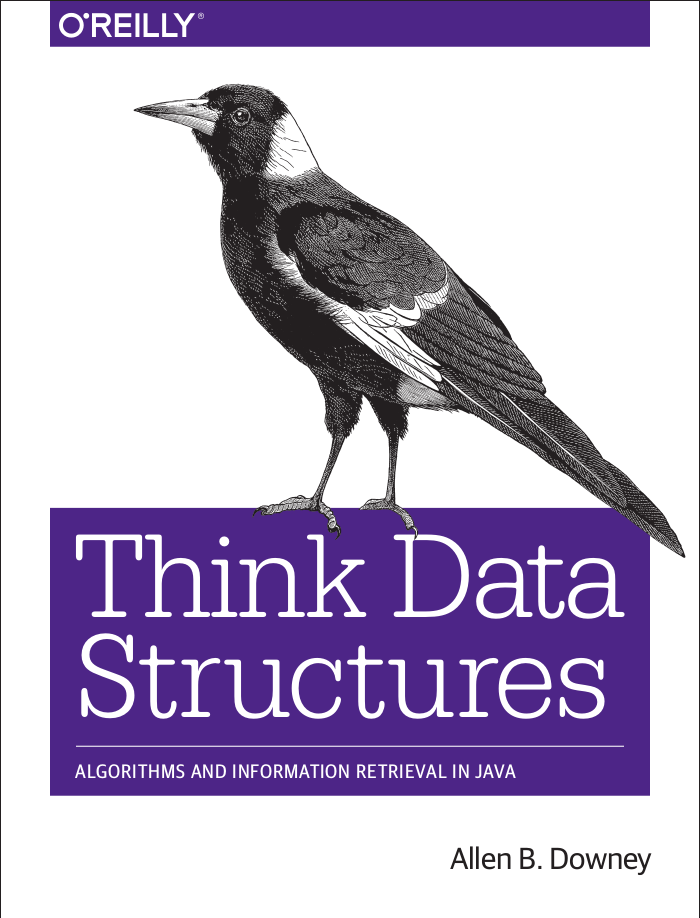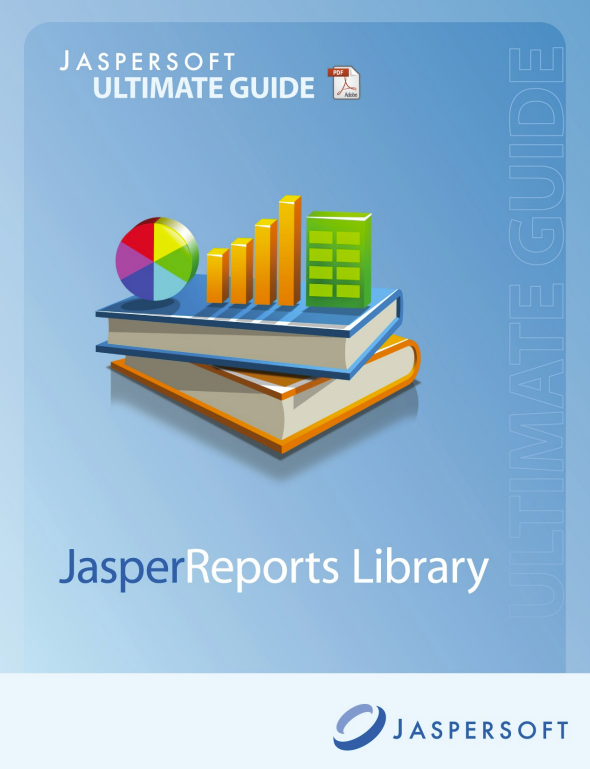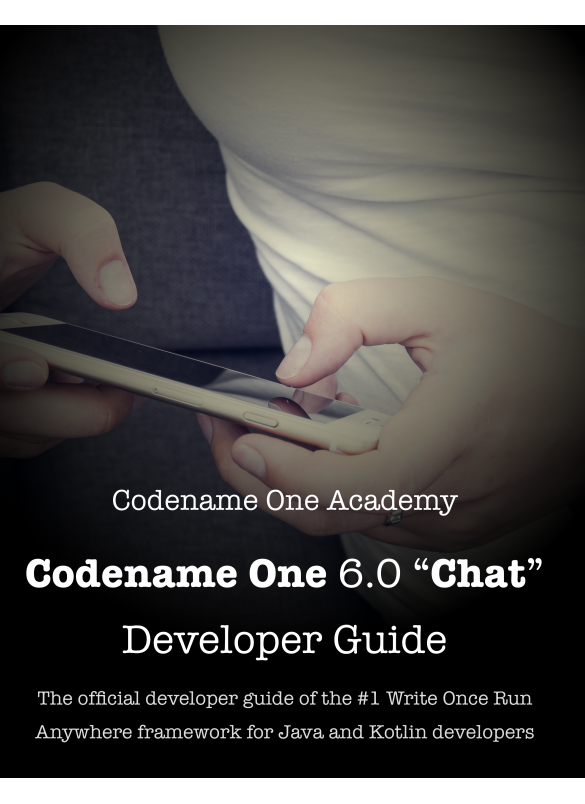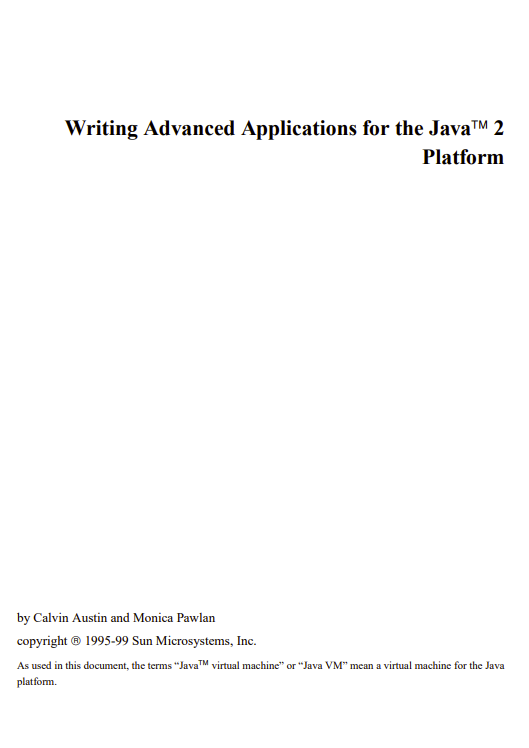Why another book on Java? Why a book on Java and Linux? Isn’t Java a platform-independent system? Aren’t there enough books on Java? Can’t I learn everything I need to know from the Web?
No doubt, there are a host of Java books on the market. We didn’t wake up one morning and say, “You know what the world really needs? Another book about Java!” No. What we realized was that there are a couple of “holes” in the Java book market.
First, Linux as a development platform and deployment platform for Java applications has been largely ignored. This is despite the fact that the *nix platform (meaning all UNIX and UNIX-like systems, Linux included) has long been recognized as one of the most programmer-friendly platforms in existence. Those few resources for Java on Linux that exist emphasize tools to the exclusion of the Java language and APIs.
Second, books on the Java language and APIs have focused on pedagogical examples that serve to illustrate the details of the language and its libraries, but very few of these examples are in themselves practically useful, and they tend to deal only with the issues of writing programs, and not at all with deploying and maintaining them. Anyone who has worked on a major software project, especially a software project that is developed and deployed in a business for a business, knows that designing and coding are only about half of the work involved. Yes, writing Java code is only slightly affected by the development and the deployment platform, but the process of releasing and maintaining such applications is significantly different between platforms.
To address these missing pieces, we decided to cover development and deployment of a Java application that has command-line, GUI, servlet, and enterprise components on a Linux platform. We’re writing the guide book we wish we had had when we started writing and deploying Java applications on Linux. We’re going to show you a simplistic enterprise application, “from cradle to grave,” but along the way cover issues of design process, production environment, setup, administration, and maintenance that few books bother to cover.
If you are considering buying this book and you are wondering if there is any information in here that you can’t get for free on the Web, then, no. There is not. In fact, there is little information in any Java or Linux book that is not available for free on the Internet. In fact, in each of our chapters we will tell you where on the Web to find virtually all of the information we present, and then some. And yet books continue to sell, and we have the chutzpah to ask you to buy the book. The reason is that Web information is scattered, unorganized, and of highly variable quality. We will be trying to bring all the relevant information together in this book, in a clearly organized manner (and, we would like to believe, at an acceptably high level of quality). We think that has value.
Also, this book is part of the Bruce Perens’ Open Source Series. This book is part of the Web literature. And you may freely read it and use it on the Web. We hope this book will be one of those you use on the Web and buy on paper. We don’t know about you, but we like to use Web books for reference, but for reading, we like books. We own at least three books that are available for free on the Web: Thinking in C++, Thinking in Java, and O’Reilly’s Docbook: The Definitive Guide. We hope that open publishing will be the new model.
